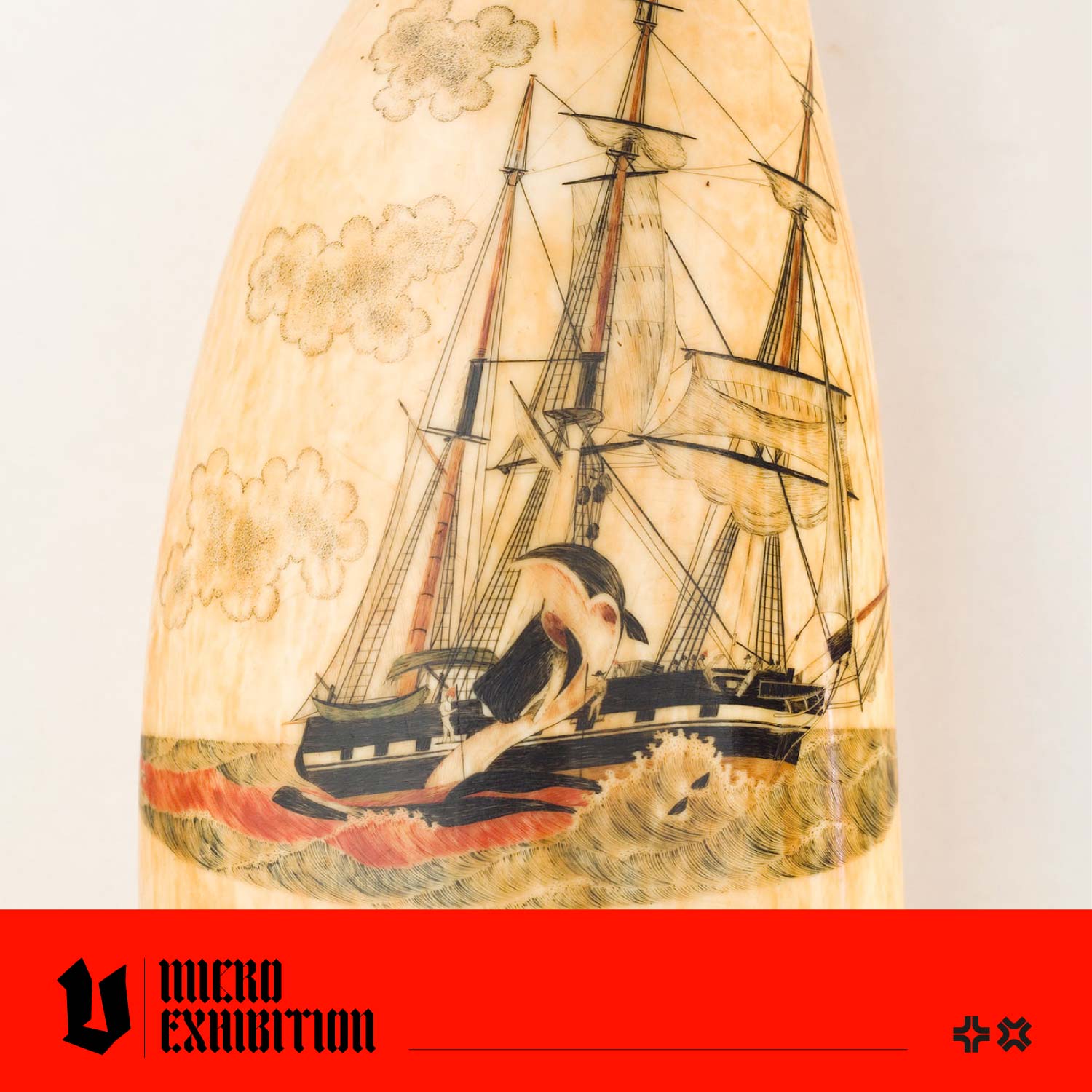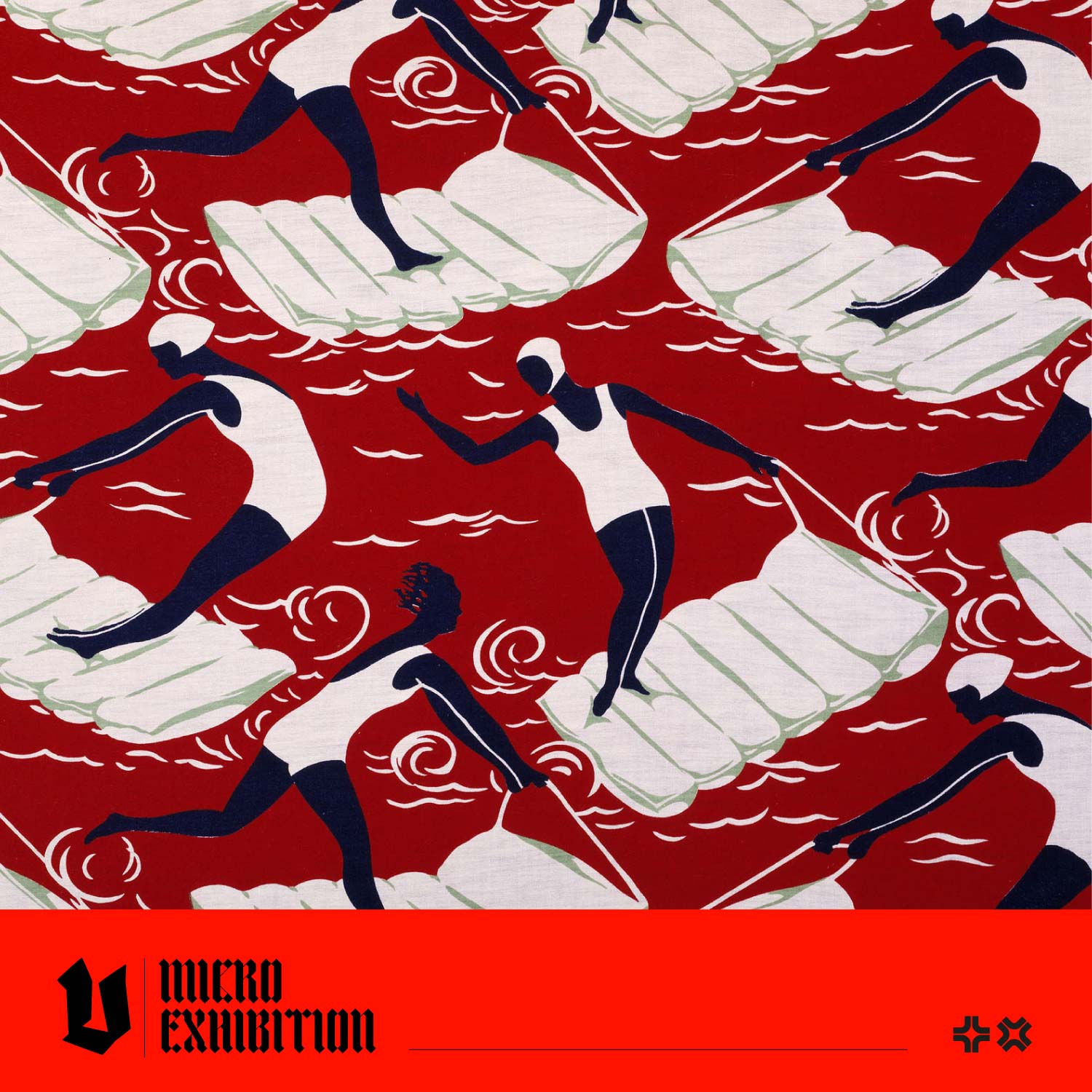Albrecht Dürer was an incredibly talented and influential painter, printer, draughtsman, and writer. This blog post will introduce Dürer's most famous engravings. Read on to find out more!
Early Life and Introduction to Engraving
Born in Nuremberg, Germany, in 1471, Albrecht Dürer showed an early aptitude for art, as seen in this self-portrait he drew at 13. His father, a goldsmith, trained him and was later apprenticed to Michael Wolgemut, Nuremberg's leading painter and printmaker, who introduced Dürer to the woodblock printing technique. Dürer's mastery of woodblock printing and engraving would later become one of his defining artistic achievements. Dürer's woodblock prints were groundbreaking as they were highly detailed with precise shading and a natural, balanced composition.

Self Portrait at Twenty Eight, by Albrecht Dürer
The Four Horsemen of the Apocalypse
One of Dürer's most celebrated engravings is "The Four Horsemen of the Apocalypse.". He created this striking artwork in 1498. It depicts the biblical scene from the Book of Revelation, where four horsemen (left to right) symbolise Death, Famine, War, and Plague/Pestilence. Dürer's meticulous attention to detail and skilful use of composition infuse the scene with drama, danger and a sense of motion, which has captured the imagination of viewers throughout the centuries.
Dürer's Meisterstiche
Dürer's Meisterstiche (master engravings) are three large works made between 1513 and 14. They are not a series in the traditional sense but are linked because they describe three essential elements of medieval academic thought: theological, intellectual, and moral. Knight, Death and the Devil (moral), Melencholia I (intellectual), and Saint Jerome in His Study (theological).
Knight, Death, and the Devil
In this haunting composition, a knight is depicted riding confidently through a desolate landscape, accompanied by the personifications of death and the devil. Death is riding a pale horse and holding an hourglass, a common symbol for the fleeting nature of life. The devil with a grotesque animalistic face watches the rider pass. The knight's moral virtue means he isn't intimidated or afraid of death or the devil.
Melencolia I
Melencolia I is a mysterious and enigmatic engraving that has puzzled scholars and art enthusiasts for centuries. It features a mysterious, sad-looking female figure who gazes past a busy scene. Beside her, a putto scribbles on a tablet with an engraver's bruin. They are surrounded by objects associated with creative and intellectual pursuits, such as a saw, a scale, a goldsmith's brazier and a magic square. The engraving's meaning has intrigued audiences for centuries; a popular suggestion is that Dürer linked melancholy with creativity, portraying the woman as a Muse waiting for inspiration, and this could also be a creative self-portrait. There are many other exciting theories to explore and lots of symbolism to decipher. Find out more here.
Saint Jerome in His Study
In 'Saint Jerome in His Study', Dürer depicts Saint Jerome, a scholar and theologian, in his secluded study. Completed in 1514, the engraving offers a glimpse into Saint Jerome's world, with various symbolic elements, such as a crucifix, skull, lion, and dog. The lion is part of the traditional iconography of St. Jerome; according to legend, a lion entered Saint Jerome's monastery, causing the other monks to flee; however, Saint Jerome noticed the lion had a thorn in its paw and removed it. Dürer's portrayal captures both the intellectual curiosity and spiritual devotion of Saint Jerome, inviting viewers to contemplate the intersection of faith and learning.
We hope you have enjoyed our introduction to some of Albrecht Dürer's most famous engravings; we're currently working on a collection of his magnificent engravings and can't wait to share it with you soon.







